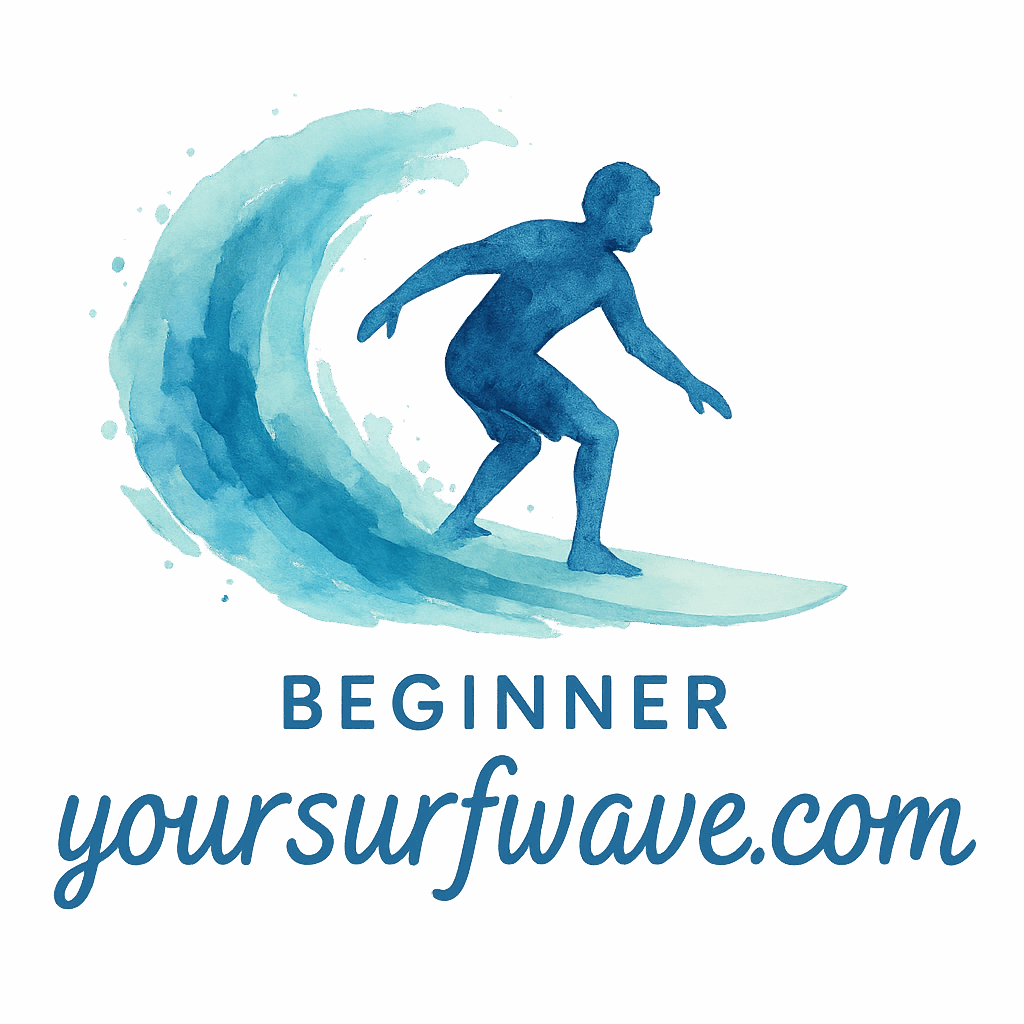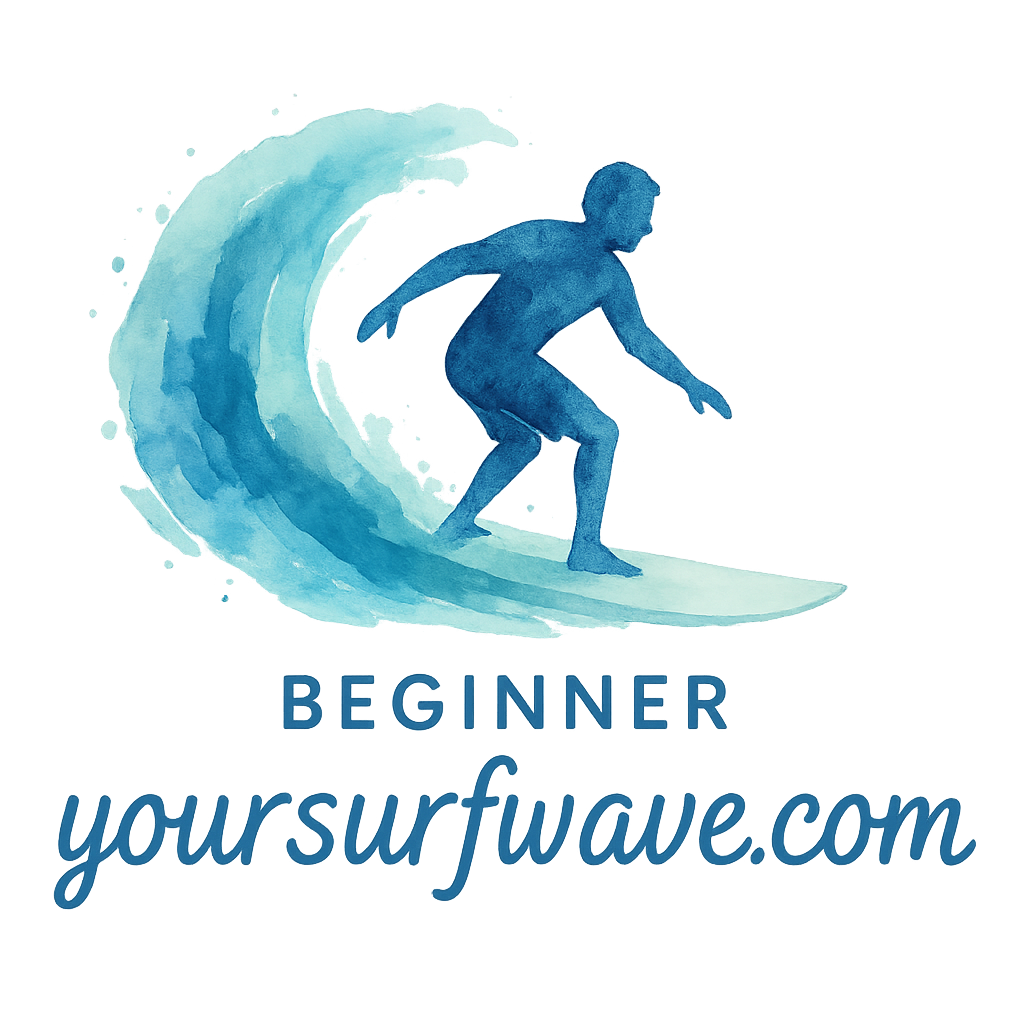So, you’re finally getting into surfing—stoked! But hold up… did you know your surfboard fin setup can totally change how you ride a wave? It’s not just about how cool your board looks or how fit you are. The fin setup actually plays a HUGE role in your surf experience—especially if you’re a beginner.
Whether you’re looking to catch your first green wave or just want to understand why that borrowed board felt weird, this guide will break down six popular surfboard fin setups in a way that’s beginner-friendly, jargon-free, and super practical.
Let’s dive in!
Introduction to Surfboard Fins
Surfboard fins are like the steering wheel of your car—they help you control direction, speed, and maneuverability on a wave. Without them? You’d just slide sideways.
Understanding how different fin setups work is essential if you want to grow as a surfer. And as a beginner, knowing these differences can fast-track your learning curve.
Want more beginner insights? Check out the Beginner Tips Section on Your Surf Wave.
Why Fin Setup Matters
The Role of Fins in Surf Performance
Fins help you carve, pivot, and maintain stability. The number, placement, and type of fins will determine how your board behaves on the wave—kind of like how different shoes affect how you run.
Common Mistakes Beginners Make
- Using the wrong setup for wave conditions
- Not checking fin tightness (yes, they can fall off!)
- Ignoring their own surf style and body size when choosing fins
Avoiding these can save you a lot of frustration. Seriously.
Single Fin Setup
Characteristics of Single Fins
This setup has—surprise!—just one big fin. It’s old-school and mostly seen on longboards.
Best Conditions for Single Fins
Perfect for clean, small-to-moderate waves. Think cruisy California-style surfing.
Pros and Cons
Pros:
- Smooth turns
- Great for classic, flowing style
Cons:
- Less maneuverability
- Not ideal for punchy beach breaks
Twin Fin Setup
How Twin Fins Work
With two fins placed on either side of the tail, twin fins offer speed and a looser feel. You’ll find them on retro fish boards often.
Why They’re Great for Small Waves
They generate speed effortlessly and make your board feel lively in weak surf.
Ideal Boards for Twin Fins
Fish boards and shorter shapes designed for zipping down the line are ideal. Check out our Surf Gear Guide for more.
Thruster (Tri-Fin) Setup
The Most Popular Fin Setup
Three fins—one center and two side fins. This setup is practically the gold standard for shortboards.
Performance in Different Conditions
Thrusters are super versatile, making them ideal for most wave types and skill levels.
Why Beginners Love It
- Balanced control
- Easy to turn
- Predictable, which is great for learning
If you’re still on your first board, there’s a good chance it’s a thruster—and for good reason!
Quad Fin Setup
Speed and Control Benefits
Four fins, no center fin. Quads offer high-speed performance and better hold in steep waves.
When to Use a Quad Fin
Great for hollow, fast-breaking waves where down-the-line speed is essential.
Good for Intermediate Surfers?
Yes, but not ideal for complete beginners unless you’re riding a hybrid board.
Five Fin Setup
Flexibility at Its Best
This isn’t about riding with five fins. It’s about having the option to switch between quad, thruster, or twin setups using the same board.

How to Adjust It
Try different configurations and feel the difference. It’s like test-driving cars with different engines.
Good Choice for Beginners?
If you’re ready to experiment and learn, absolutely. But don’t let it overwhelm you.
Bonzer Fin Setup
The Most Unique Fin Configuration
A center fin with smaller angled fins. The Bonzer setup is all about speed, lift, and flow.
Ideal Use Cases
- Point breaks
- Long, clean rides
Should You Try a Bonzer?
If you’re a style junkie or experimenting with different boards, yes. For absolute beginners, it might be too advanced.
Choosing the Right Fin Setup for You
Match Your Style and Surf Goals
Ask yourself:
- Do I like carving turns or riding fast down the line?
- Am I more into control or looseness?
Board Compatibility
Not all boards support all fin setups. Check with your shaper or surf shop.
Talk to Your Local Shaper
Seriously. These folks know your local waves and can give personalized advice that no blog post (even this one!) can match.
How Fin Materials Affect Performance
Plastic fins are affordable and beginner-friendly. Fiberglass or carbon fins are stiffer, providing more control and speed—ideal for when you level up.
Explore Surfboard Reviews to see how different materials perform.
Fin Placement and Its Impact
Even minor shifts in fin placement can drastically affect your ride. Closer to the tail = more maneuverable. Further up = more stability.
Changing Fins: Tools and Tips
- Use a fin key for FCS systems
- Tighten screws securely
- Rinse with fresh water after use
Bookmark our Surf Gear tag for in-depth tutorials.
Beginner Tips for Fin Setup Experimentation
- Stick with one setup at first (like a thruster).
- Switch only one variable at a time.
- Journal your experience after each surf.
For more wellness and improvement tips, head to Surf Fitness and our Home Workout tag.
Conclusion
Your surfboard fin setup isn’t just a techy detail—it’s a major player in how you experience surfing. Whether you’re gliding on a longboard with a single fin or shredding on a thruster shortboard, understanding your fins empowers you to surf better, faster, and with more fun.
Keep experimenting, stay curious, and ride the wave your way. And if you’re hungry for more surf knowledge, explore the full spectrum of content over at Your Surf Wave.
FAQs
1. What fin setup is best for beginners?
The thruster setup is ideal—it offers balance, control, and predictability.
2. Can I surf without fins?
Technically yes, but it’s extremely difficult and not recommended unless you’re into finless or soft-top surfing.
3. How do I know if my fins are installed correctly?
Make sure they’re snug, not wobbly, and facing the correct direction—curved side facing out.
4. Do fins make a difference in small waves?
Absolutely. Twin fins, for instance, are great for generating speed in mushy waves.
5. What’s the easiest fin setup to start with?
A thruster setup is the most beginner-friendly and widely supported.
6. Are removable fins better than fixed ones?
Yes, they allow you to experiment and replace damaged fins easily.
7. Where can I learn more about surfboard setups and surfing basics?
Head over to Your Surf Wave for beginner guides, gear reviews, and all things surf!


